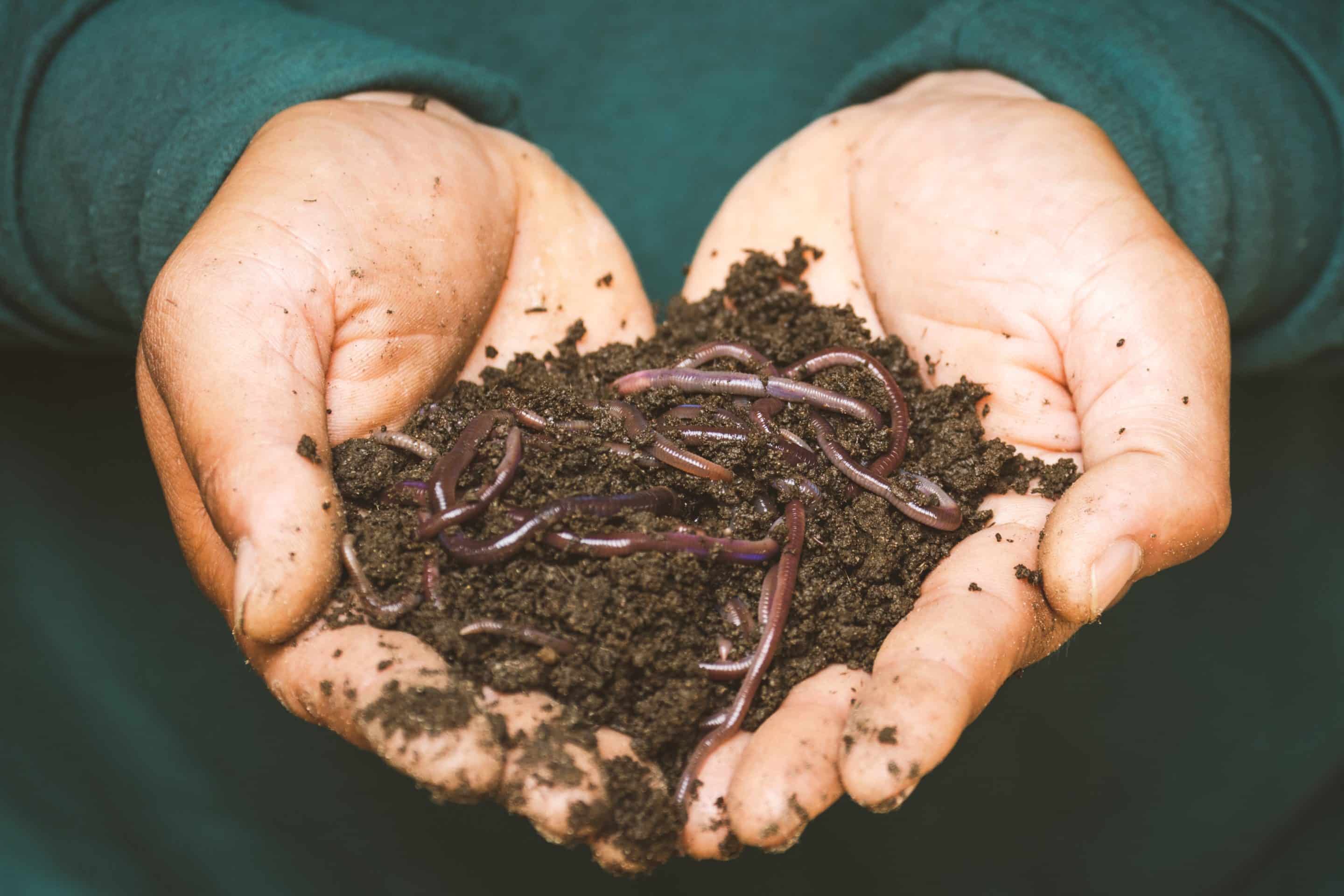Compost tea is the superfood that gives your landscape a boost – a rich brew that uses the science of Mother Nature to improve soil. And as spring rolls into sultry summer, it’s a good time to plan for how doses of this rejuvenating liquid can help your landscape. Gardens of Babylon’s landscape maintenance team provides a new “recipe” to keep soil alive and healthy.
“I learned about the importance of compost tea at least 20 years ago, and it just made sense to me,” says Gardens of Babylon owner Mark Kerske, who oversees the brewing of compost tea for clients’ landscapes and gardens.
“The soils in Tennessee are not only compacted due to heavy clay, but also depleted by the constant use of toxic fertilizers, Kerske says. “Plants are now dependent on the fertilizers for growth, which have wiped out all the good, beneficial microbes in the soil. Using compost tea is the best way to put the ‘good guys’ back in.”
It’s a mixture teeming with life that nourishes your landscape without the use of toxic fertilizers. The life in the soil allows plants to manage their own nutrient needs. “Without a healthy soil food web, the pesticides and herbicides kill those good guys, and the crawly creatures that are in there working,” Kerske says. “If we don’t have that food web, soil structure deteriorates, and pathogens and disease start to take over.” With synthetic fertilizers, you kill the soil, he says.
What’s brewing?
By “good guys,” Kerske refers to the micro-organisms that make up the nutrients in compost that improve soil. The tea is a liquid form of compost, but it has the extra boost from a buffet of treats — fish hydrolysates, humic acid, kelp, bacteria, fungi and other ingredients – to encourage those organisms to reproduce at higher levels.
Gardens of Babylon’s new “recipe” used for the tea application depends on what’s best for your landscape: “If you want to grow a better lawn and annual flowers, you want to use more of a bacterial type of compost tea,” Kerske explains. “A fungal type of compost tea is better for trees, woody plants and perennials.”
It takes about 24 hours to brew a batch of compost tea, Kerske says. It’s an aerobic process: “When we’re brewing the tea, we’re injecting oxygen.” Moreover, the mixture remains oxygenated in the tank on its way to a clients’ landscape. “When you start to decrease the oxygen, the microbes start to die off,” he says. “Our tea is healthy, happy and full of oxygen when it’s sprayed on the yards.”
When? And how?
Spring, summer and fall are good seasons to give your landscape a dose of compost tea, Kerske says. “It’s usually applied once the soil temperature gets above 50 to 60 degrees.” It’s a good idea to first aerate a lawn, pulling out plugs of soil and allowing the tea to go deeper into the ground, “so it’s working a lot faster that way.” Spring is a good time to aerate, as well as fall, especially if you are overseeding the lawn ahead of winter, he says.
Compost tea is applied to established lawns, but is especially good for new lawns started from scratch. If soil is compacted, Kerske recommends three applications a year. “It’s taken years to make your soil bad, so it will take a couple years of applications to improve it.”
The amount to apply is measured per square foot; usually, a typical residential lawn benefits from 50 to 100 gallons of compost tea, Kerske says.
The Gardens of Babylon landscape team can provide a total maintenance package with tea applications – “weed and green applications is how we refer to it,” he says. “It’s one of the tools we use throughout the year to keep peoples’ lawns and landscapes healthy.”
Ready to rejuvenate your soil with a dose of compost tea? Book a consultation with the Gardens of Babylon Landscape Maintenance team here





